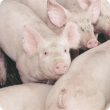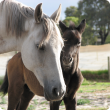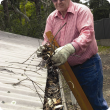Filter by regions:
- (-) Remove Goldfields-Esperance filter Goldfields-Esperance
- (-) Remove Wheatbelt filter Wheatbelt
- Great Southern (258) Apply Great Southern filter
- Mid West (254) Apply Mid West filter
- South West (249) Apply South West filter
- Peel (237) Apply Peel filter
- Perth regions (205) Apply Perth regions filter
- Gascoyne (176) Apply Gascoyne filter
- Pilbara (160) Apply Pilbara filter
- Kimberley (155) Apply Kimberley filter







